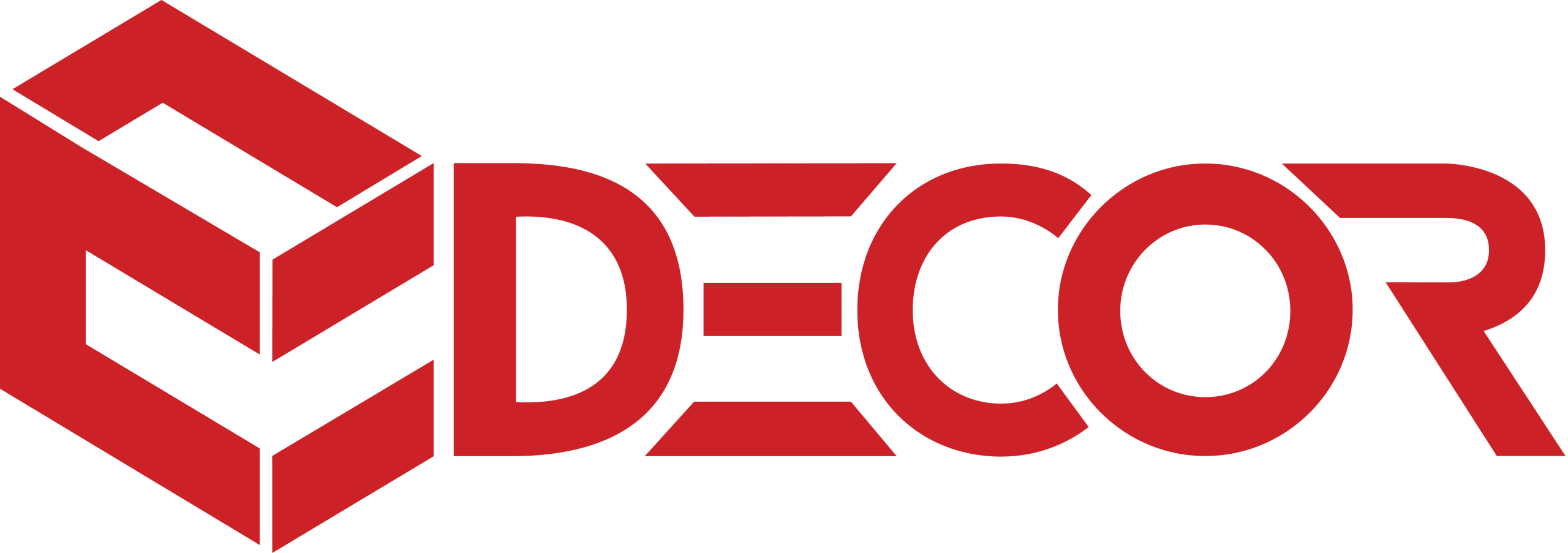Collateral is usually used as a way to ensure that borrowers can maintain their obligation to repay a loan, and it also helps lenders decide who they are able to both lend money to and get money back from. Collateral is used in derivatives trading and other financial transactions to mitigate counterparty credit risk. In these transactions, one party may be required to make a payment to the other party at a later date.
- Therefore, some lenders may not be too keen on taking it, because it can be hard to find a buyer.
- A blanket lien, in effect the right to seize any assets, can be taken as collateral.
- A financial professional will offer guidance based on the information provided and offer a no-obligation call to better understand your situation.
- In the event of the company’s default, the underwriters of the deal can seize the collateral, sell it, and use the proceeds to repay investors.
Collateralization: Definition, How It Works, Examples
The pooled assets then become debt obligations, serving as collateral for the CDO. However, if a borrower does default on their loan – that is, become unable to pay it back – then the lender can take the collateral and sell it, putting the money it makes on the unpaid part of the loan. Lenders can, in that situation, also take legal action to recover the How to buy bitcoin gold cost of the loan.
What Types of Loans Require Collateral
Collateral refers to property or assets that a borrower pledges to a lender as security for a loan. If the borrower fails to repay the loan according to the terms of the agreement, the lender can take possession of the collateral. By pledging an asset as collateral, borrowers give lenders a way to recoup their losses if the borrower fails to repay the loan. Traders opening a margin account are required to provide collateral in the form of cash, stocks, or other financial assets, which serves as a form of security for the margin loan. “By contrast, an unsecured personal loan isn’t backed by collateral, which means that a lender will decide whether you qualify based on factors like your credit history and income.”—”What Is A Personal Loan? A loan that requires collateral is known as a secured loan, since the collateral acts as security for the lender in case of a default.
This principle is particularly significant as it addresses situations where an enforceable contract may not exist, yet one party’s reliance on a promise induces substantial disadvantage. Collateral is often used in debt collection, bankruptcy, and other legal cases as a way to secure payment. For example, if a borrower defaults on a loan, the lender may be able to seize the collateral to recover their losses. In fact, a mortgage or a home equity loan may require the borrower to pledge their property as security for the loan. Collateral refers to property or assets that borrowers pledge to lenders as security for a loan.
Collateral Definition, Types, & Examples
This balanced perspective helps businesses make informed decisions when considering collateral-based loans. Collateral is used as security for a loan, in order to help ensure repayments are met. If you are considering using collateral in a loan agreement or other financial transaction, it is important to carefully weigh the benefits and risks and seek professional advice if necessary. The value of the collateral is typically determined by the make, model, and condition of the vehicle, as well as other factors such as the borrower’s credit history and income. Real estate appraisals are typically required to determine the value of the collateral, and the amount of the loan is usually based on a percentage of the property’s appraised value. The increased level of security offered to a bondholder (the lender) typically helps to lower the interest rate offered on the bond, which also decreases the cost of financing for the issuer (the borrower).
Equitable estoppel serves as a vital doctrine within contract law, designed to prevent a party from asserting rights or facts that contradict their previous conduct or representations. To invoke equitable estoppel, certain key elements must be met, including reliance and detriment, which underscore its practicality in legal disputes. Understanding its definition, fundamental components, and real-world applications is imperative for comprehending how equitable estoppel functions to uphold fairness in contractual relationships. Collateral is a thing of value that a borrower can pledge to a lender to get a loan or line of credit; common examples of collateral include real estate, vehicles, cash and investments.
In the event of the company’s default, the underwriters of the deal can seize the collateral, sell it, and use the proceeds to repay investors. A home mortgage and a car loan are two common examples of collateralization. The lender may seize the house or the car if the borrower defaults on the payments. The types of collateral that lenders commonly accept include cars—only if they are paid off in full—bank savings deposits, and investment accounts. In essence, equitable estoppel serves as a mechanism to uphold integrity and fairness in contractual relationships, discouraging behavior that could lead to detrimental reliance. In the realm of contract law, promissory estoppel serves as a critical doctrine that prevents a party from retracting a man for all markets a promise when the other party has reasonably relied on that promise to their detriment.
The articles and research support materials available on this site are educational and are not intended to be investment or tax advice. All such information is provided solely for convenience purposes only and all users thereof should be guided accordingly. 11 Financial is a registered investment adviser located in Lufkin, Texas.
This principle is particularly significant in estoppel cases, where ensuring fairness and preventing unjust outcomes is paramount. Ultimately, promissory estoppel serves as a safeguard in contract law, ensuring that parties cannot simply disregard their commitments when another party has relied on those commitments in good faith. The doctrine champions fairness, compelling accountability in the realm of promises. As with mortgages, most auto loans are collateralized by the vehicle being financed. In the case of a car loan, however, the lender holds title to the vehicle until the loan is paid in full. Collateral is commonly used in financial markets, particularly in derivatives trading and other complex financial transactions.
But if the borrower defaults, the lender could sell the collateral to help recover its losses. The loan increases the number of shares the investor can buy, thus multiplying the potential gains if the shares increase in value. If the shares decrease in value, the alpari forex broker review broker demands payment of the difference. In that case, the account serves as collateral if the borrower fails to cover the loss.
This makes it easier for lenders to offer loans to borrowers who may not have strong credit histories or other forms of security. The specific types of financial assets that are accepted as collateral may vary depending on the lender or financial institution. “A secured loan gets backed by some type of collateral, such as your vehicle or a savings account.”—”What Is A Personal Loan? A business owner may put up equipment, property, stock, or bonds as a security for a loan to expand or improve the business.




 Round Rugs
Round Rugs  Wool Rugs
Wool Rugs  Vintage Rugs
Vintage Rugs 


 Carpet Tiles
Carpet Tiles  Carpet
Carpet 
 Embossed Rug
Embossed Rug  Plain Rug
Plain Rug 
 2.5'*4'
2.5'*4'  2'*3'
2'*3'  3'*5'
3'*5'  5*7.5
5*7.5 













 Artificial Grass
Artificial Grass  Mats
Mats 
 Soil
Soil  Fertilizer
Fertilizer  Pesticides
Pesticides